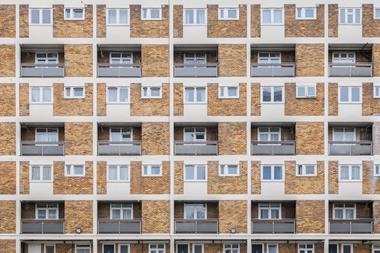Lawyer highlights third parties as main cause of subsidence claims
Insurers are losing up to £50m a year by failing to make recoveries on subsidence claims, according to subsidence specialist law firm Gaston Whybrew.
Partner Keith Gaston said most subsidence claims were caused by the drying action of roots in the shrinkable clay sub-soil beneath a property's foundations.
He said in about 75% of cases the trees belonged to a neighbour or local authority, and they were legally liable for the damage caused.
However, Gaston said claims departments and loss-adjusters reported that a significant amount of recoveries were not pursued.
"With the annual subsidence claims spend over recent years in the region of £300m, a failure to pursue just one-fifth of [recoveries] costs the insurance industry something in the region of £50m," he said.
Gaston said there were a number of reasons insurers did not attempt more recoveries.
He said busy claims departments were often bogged down by the demands of the first-party claims and overlooked the recovery aspect. Other recoveries were time-barred by the Limitation Act (1980) which restricted legal action to six years after the event.
Partner Richard Whybrew said another cause was the perception, with some justification, that legal costs would spiral out of control, dwarfing the amount being recovered, particularly as sophisticated claims management methods have reduced claims costs.
"A benefit in pushing the recovery angle early on is that the tree-owner may be more inclined to undertake tree reduction of removal," he said.
"This will have the double benefit of potentially reducing the building the building insurer's claims outlay and, as a consequence, reducing the tree owner's potential liability."
An Association of British Insurers (ABI) spokesman said insurers pursued recoveries whenever the opportunity was open to them. But they had to weigh up the cost involved and whether the outlay outweighed the amount recoverable.
Hosted by comedian and actor Tom Allen, 34 Gold, 23 Silver and 22 Bronze awards were handed out across an amazing 34 categories recognising brilliance and innovation right across the breadth of UK general insurance.












































